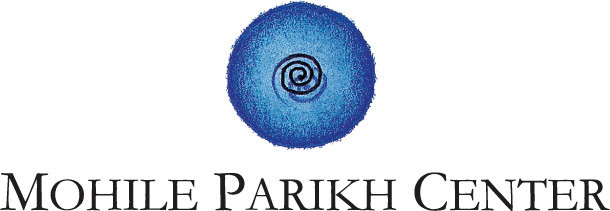Black Box Exercise: An Arts Education Program
Facilitators: Pai Wak-Fan, Shilpa Gupta, Shilpa Phadke, and Yuewai Wong
In collaboration with India Foundation for the Arts (IFA) and Zuni Icosahedron, Hong Kong
Participating Schools: Diamond Jubilee High School for Girls, AKESI, Diamond Jubilee High School for Boys, AKESI, Dhirubhai Ambani International School, Akanksha Foundation, Mumbai, Vasai Vikasini College of Visual Arts, and Karandikar Kala Academy
Facilitators/Teachers (Mumbai): Asha Saraswat, Himanshu Shetty, Purnima Sampat, Shital Mehta, and Rekhesh Jain
January 16 to 21, 2006 | 10.00 am to 5.00 pm
Audio Visual Room, National Centre for the Performing Arts, Mumbai
A collaborative project, initiated in India, by the India Foundation for the Arts (IFA), Bangalore, in association with the Mohile Parikh Center, Shilpa Gupta (artist), Shilpa Phadke (sociologist), and the cultural collective, Zuni Icosahedron, Hong Kong.
As an aspect of visual arts education, the Black Box Exercise, a workshop generated, installation arts education program, was founded in 1995 by the independent cultural collective, Zuni Icosahedron in Hong Kong. The Black Box is meant to provide a platform for inducing curiosity, association, imagination and self-motivated explorative spirit. The model employs installation art creatively to enable young people who are artistically and creatively under-served in the existing education curricula and environment to acquire the tools and concepts of learning, creative expression and communication. At the same time, other generic skills such as decision-making, problem-solving and independent critical thinking will be acquired. Participants are given opportunities to experience being an artist, curator and critic. The model awakens young people’s awareness of the self as well as the relationship between the physical, social and intellectual world.
“The Black Box Exercise”, is derived from a Chinese proverb that literally means, “operating in the dark”. It is a catchy phrase commonly used by the populace in criticizing public institutions in Hong Kong, which are found making decisions “in a black box”, in an opaque system of bureaucracy or even conspiracy. When applied to describing an art project, it may become a self-critical reminder for the incestuous and provincial practice of the arts community. The black box is opaque and mysterious, but ironically rich in content. It needs redeployment.
Here the Black Box is a self-contained learning environment in the form of the miniature “gallery” measured 1x1x1foot (30x30x30cm), coupled with the workshop series that helps develop participants’ interest and motivation in learning. During the process, young people are provided with the chance to learn from and to exchange with artists in creative workshops for exploring their own interests, experimenting communicative expressions and acquiring skills. Having gone through the above process, young people will each create and curate an installation art exhibit inside the uniform wooden black box for public exhibition. A collection of the finished black box creations, under the commonly agreed theme, will be exhibited in a site-specific installation environment created by artists and participants together.
Black Box Creative Concepts in relation to Arts Education and Globalization Culture:
1. Creativity on a fair/common ground
2. Inclusions versus Exclusions
3. Freedom versus Limitations
4. Individuality versus Collective Creativity
5. A Bottom-up Approach to Developing a Civil Society
6. Art versus Institution/System
7. Form and Content of Representation and Communication
8. Cross-community/Cross-discipline/Cross-culture Collaboration
9. An International Arts Education Curriculum
In the Mumbai chapter of this international project, these concepts will be introduced and presented by collaborating artists and workshop facilitators, for participants’ discussion and exploration. These concepts have relevance to the specific theme of the city of Mumbai, and different levels of exploration such as personal, educational, societal and international. It focuses on the exploration of community arts, the systems of art galleries and museums, the creative process, and collaboration of artists & young people. With the experience in the workshop about role playing as curator and critic, it is believed that no matter how unsubstantiated it might sound, participants are “equipped” with certain and varied degree of awareness and senses in making judgments about the black box art exhibit individually, and collectively of the overall concept of Black Box Exercise model. The plan also stresses the concept of crossing, (cross generation, cross media, cross discipline, cross regions & cross cultures) as well as exchanges with arts & cultural organizations overseas.
Two guest artists, who are members of Zuni Icosahedron, Hong Kong, will also be present in the duration of the workshop, and will share their experiences of this international arts education project, in an exchange of ideas & collaborative initiatives. The exhibition of the finished boxes will coincide with the Kala Ghoda Arts Festival, at the Art Entrance Gallery (Army & Navy Building Foyer) from February 4-12, 2006.
